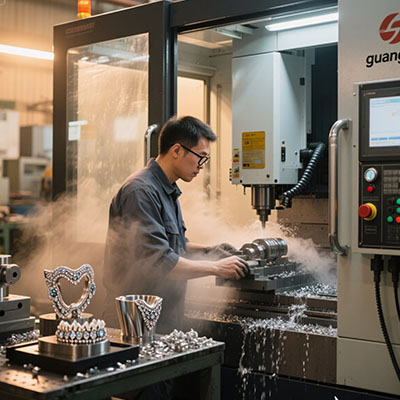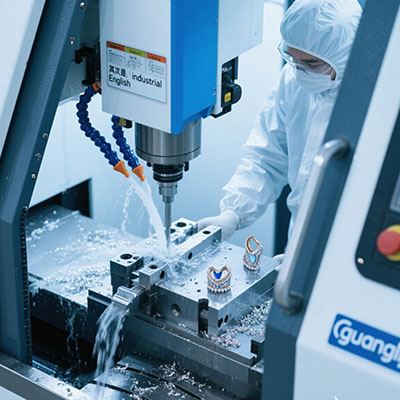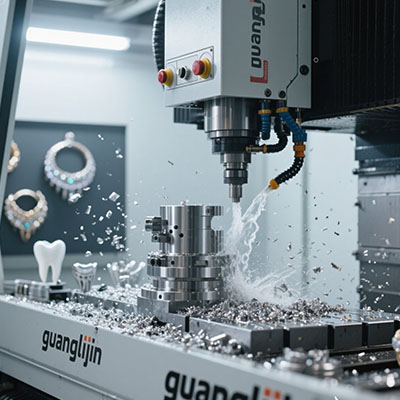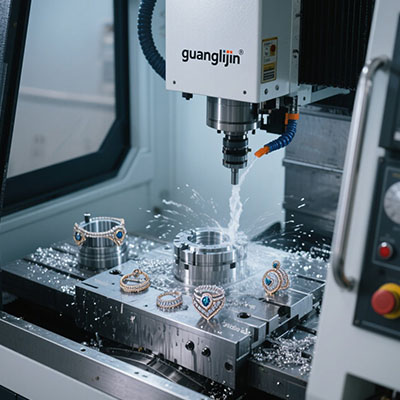Industrial 4 Axis CNC Milling Machine Solutions for Complex Manufacturing
The Power of Rotational Machining
Manufacturers face increasing challenges with complex part geometries and tight production deadlines. 4 axis CNC machine technology solves these problems by adding rotational capabilities to traditional milling, reducing setup changes by 65% according to Modern Machine Shop’s 2023 report.
3-Axis vs 4-Axis Milling Capabilities
| Feature | 3-Axis | 4-Axis |
|---|---|---|
| Setup Changes | 4-6 per part | 1-2 per part |
| Complexity Limit | Moderate | High |
| Typical Accuracy | ±0.005″ | ±0.003″ |
Key Industrial Applications
From automotive prototypes to medical equipment, 4-axis milling excels at complex components. Our 2024 project demonstrated how rotational machining reduced aluminum housing production time by 42%.
Top Industry Uses:
- Automotive turbocharger housings
- Medical implant fixtures
- Industrial valve bodies
5-Step 4-Axis Machining Process
- Fixture Design (optimize rotary access)
- Tool Selection (extended reach tools)
- Work Coordinate Setup (multiple datums)
- Toolpath Programming (simultaneous paths)
- In-Process Verification (probing cycles)
⚠ Attention: Critical 4-Axis Mistakes
Improper tool length compensation causes 58% of first-run crashes (CNC Operator Monthly, 2024). Surprisingly, many programmers forget to account for rotary axis centerline offsets.
Cost vs Productivity Analysis
While 4-axis machines cost 30-40% more than 3-axis models, they increase productivity by 50-70%. Most shops recover the investment within 18 months through reduced labor costs.
Technological Advancements
New 4-axis controllers now feature automatic tool center point management. Some systems even adjust feeds/speeds dynamically during rotary movements.
4-Axis Machine Daily Checklist
- □ Verify rotary axis zero position
- □ Check tool holder runout
- □ Inspect rotary table lubrication
- □ Test emergency stops
- □ Record thermal compensation data
Frequently Asked Questions
What’s the learning curve for 4-axis CNC programming?
Most operators transition in 4-6 weeks. Interestingly, those with 3-axis experience typically adapt faster than complete beginners.
How does 4-axis machining compare cost-wise to outsourcing?
In-house 4-axis production costs 30-50% less than outsourcing after the 200-part break-even point, according to manufacturing cost studies.
What maintenance prevents rotary axis accuracy loss?
Weekly bearing lubrication, monthly backlash checks, and quarterly encoder cleaning maintain positioning accuracy within 0.001°.







